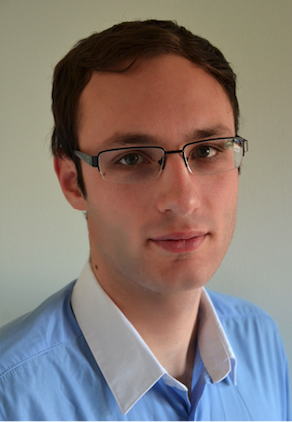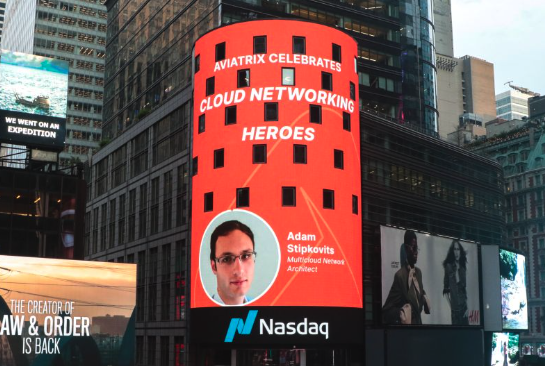Q&A: Adam Stipkovits, Global Aluminum Manufacturing Company

(Editor's Note: We conduct regular Q&As with cloud technology leaders as part of our Cloud Tracker Pro service. We are offering this Q&A for a limited time, before it goes behind the CTP paywall.)
Adam Stipkovits is a cloud and network architect with a strong background in cloud networking security. Over the course of his career, he has designed secure and scalable network architectures for many of the world’s largest enterprises, including firms such as Citi and Deutsche Telekom. With expertise in Azure, AWS, Google Cloud, and Oracle Cloud he’s been in demand as a contractor as well as working as a full-time employee. His work as a senior multicloud solution architect for Aviatrix led to that company honoring him as a “cloud networking hero” on the Nasdaq billboard this summer in Times Square, New York.
Futuriom’s Mary Jander interviewed Adam on August 6, 2024.

Adam Stipkovits

To access the rest of this article, you need a Futuriom CLOUD TRACKER PRO subscription — see below.
Access CLOUD TRACKER PRO
|
CLOUD TRACKER PRO Subscribers — Sign In |















